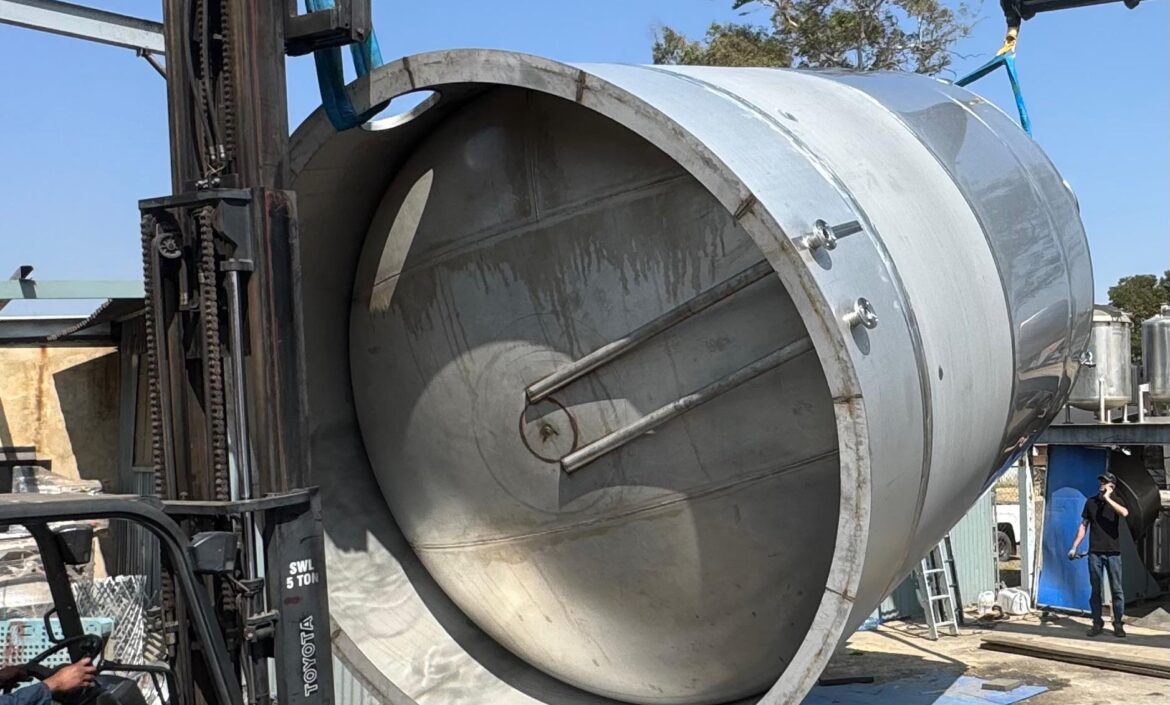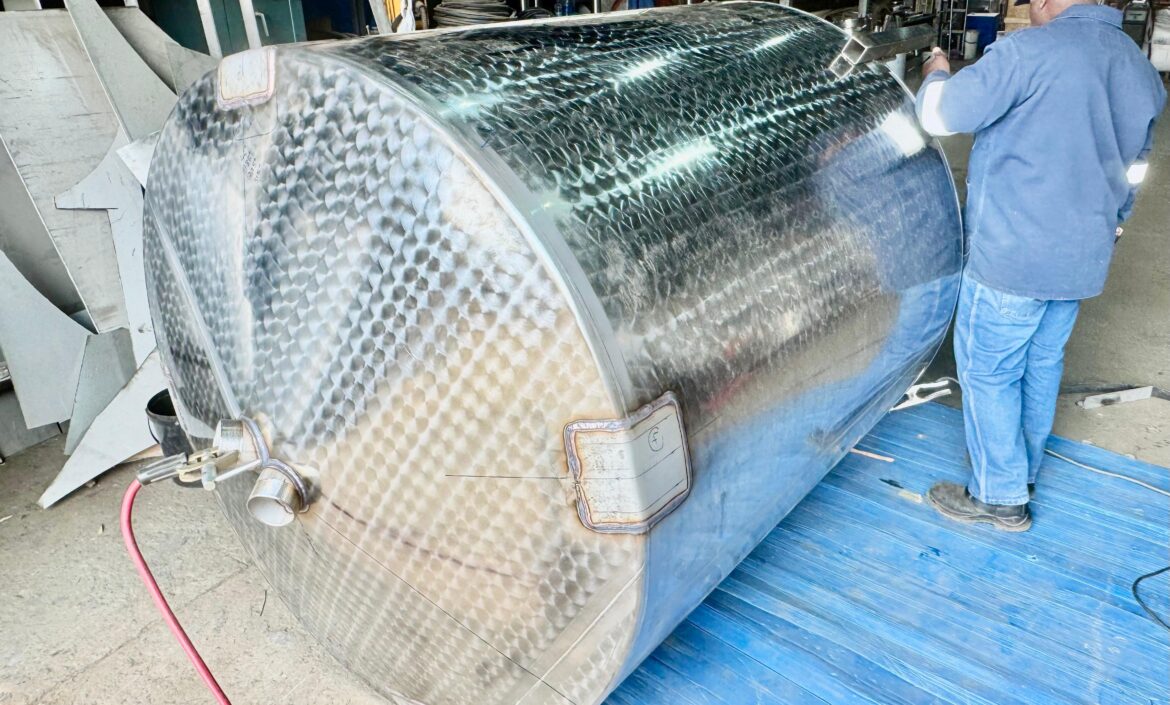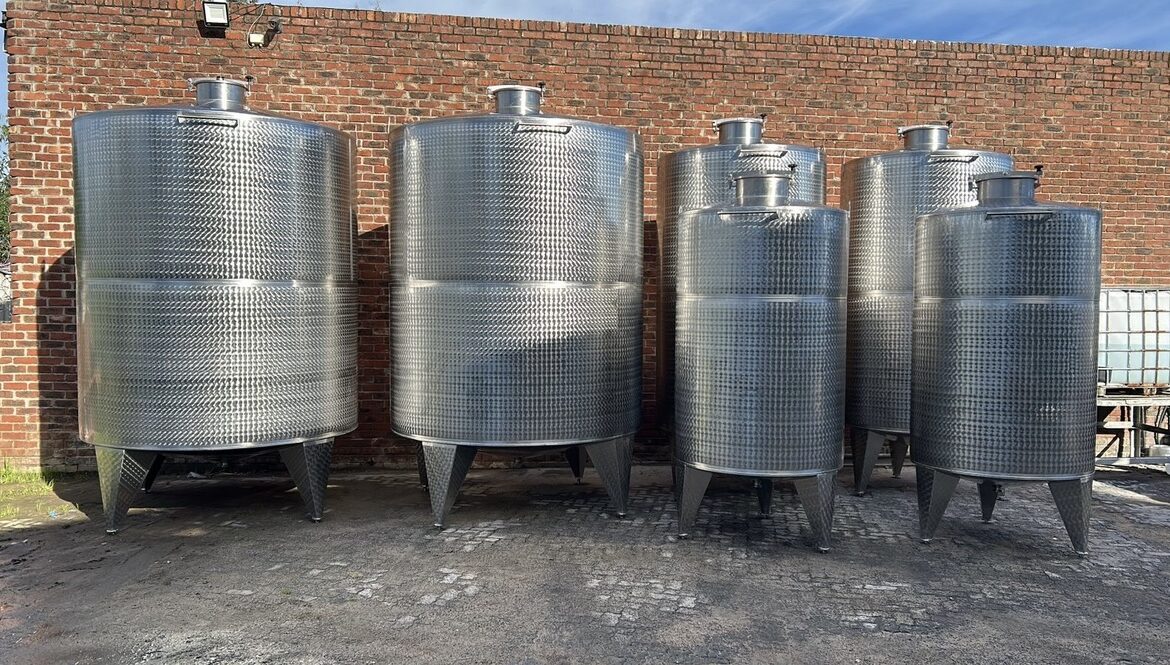Why Tank Geometry Counts
The geometry of a tank’s top and bottom has a direct impact on performance and process efficiency.
Conical bottoms are engineered for complete product discharge and effective CIP (clean-in-place) cycles. Fluids and solids are guided to a single outlet point, making these tanks ideal for brewing, dairy, food processing, and chemical applications,where maximizing yield and maintaining hygiene are critical.
Domed or sloped tops help manage internal pressure, prevent product foaming or splashing, and accommodate mixers, agitators, or pressure relief systems.
There isn’t a hard-and-fast rule for top and bottom design; the choice depends on the product and process requirements.
These aren’t just cosmetic details,they’re functional design features that ensure tanks meet the demanding standards of modern industry.






